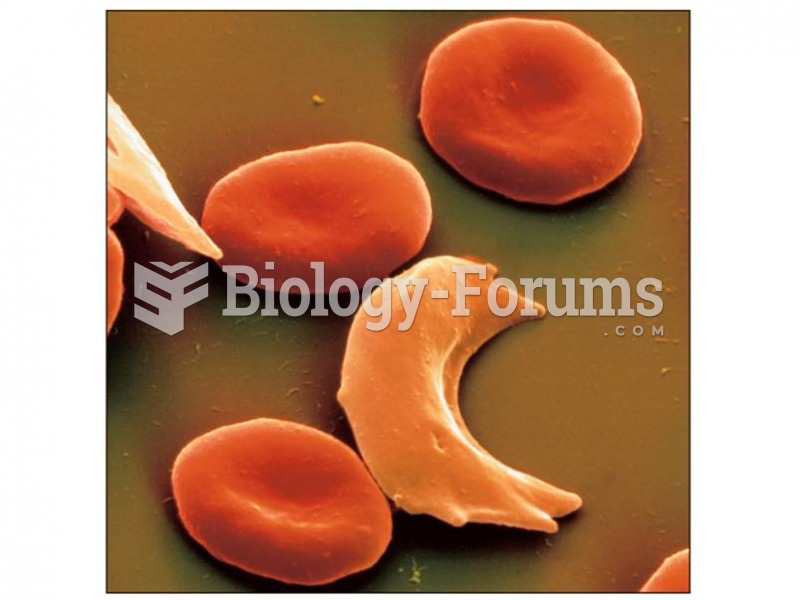Answer to Question 1
Correct Answer: 1
Rationale 1: Aminoglycosides such as gentamicin have a bacteriocidal effect; that is, they kill the bacteria.
Rationale 2: Tetracycline has a bacteriostatic effect, slowing the growth of the bacteria.
Rationale 3: Clindamycin, a miscellaneous bacterial, has a bacteriostatic effect, slowing the growth of the bacteria.
Rationale 4: Macrolides such as erythromycin have a bacteriostatic effect, slowing the growth of the bacteria.
Global Rationale: Aminoglycosides such as gentamicin have a bacteriocidal effect; that is, they kill the bacteria.
Tetracycline is usually considered bacteriostatic, although it can be bacteriocidal at high concentrations. Clindamycin acts on the 50S bacterial ribosomal subunit in a manner similar to that of the macrolides. It is usually bacteriostatic. Macrolides such as erythromycin are considered bacteriostatic but may be bacteriocidal in high doses.
Answer to Question 2
Correct Answer: 1
Rationale 1: Antibacterial protein synthesis inhibitors act by interrupting formation of the polypeptide chain.
Rationale 2: Sulfonamides act by inhibiting the synthesis of bacterial enzymes.
Rationale 3: Penicillins act by promoting lysis of the bacterial cell wall.
Rationale 4: Cephalosporins act by disrupting cell wall synthesis.
Global Rationale: Antibacterial protein synthesis inhibitors act by interrupting formation of the polypeptide chain. Sulfonamides act by inhibiting the synthesis of bacterial enzymes. Penicillins act by promoting lysis of the bacterial cell wall. Cephalosporins act by disrupting cell wall synthesis.







